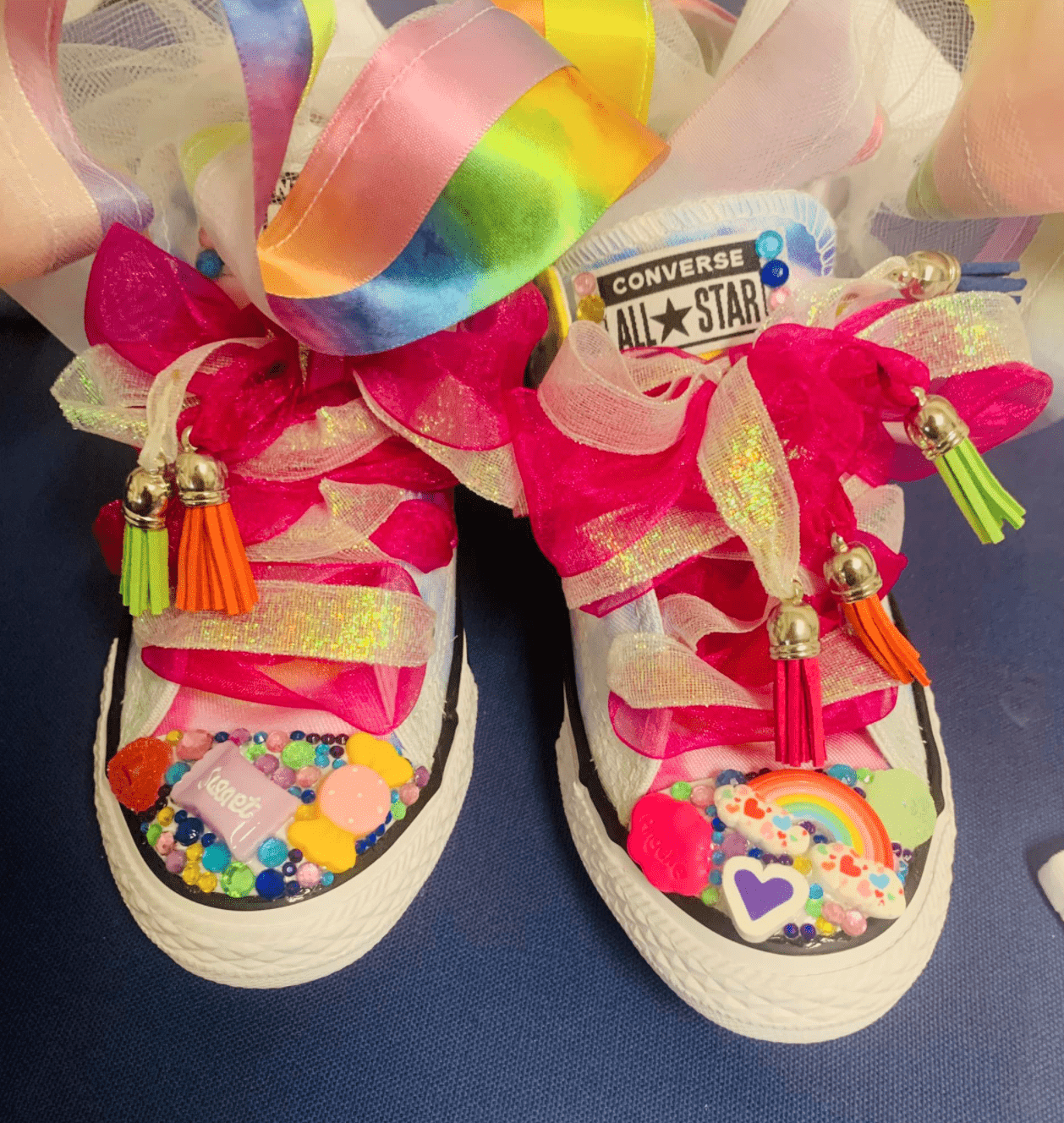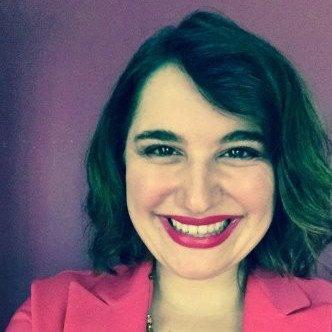Octavia Ray never thought she’d be a real estate developer. Entrepreneur, sure. In fact, as the rest of the world shut down in early 2020, Ray transitioned her print and embroidery business to begin creating face masks. Soon she was moving into a storefront.
A native of South Bend, Indiana, Ray is a long-time resident of the Riverpark neighborhood — full of families, mom-and-pop small businesses and homes passed down through generations. But like much of the rest of South Bend, empty lots dot the neighborhood, ghosts of families who followed industry away.
Eventually, Ray said she got a nudge from God to ask the owners of her building if they would be interested in selling. Suddenly, she was entering a new world: one of contracts, banks and loans. She had renovations and leases to negotiate.
“If you don’t know the correct terminology, people will kind of look at you like you’re crazy. And they’ll overlook you,” Ray said.
That’s when she attended a workshop on something called “incremental development,” an alternative approach to re-energizing declining neighborhoods.
Typically, urban real estate is developed by well-funded companies. Those companies have access to large bank loans or cash, and focus primarily on neighborhoods that will yield high revenue returns. They are also unlikely to be based in the area, or even the city or state. That means locals typically have little say in what types of housing or businesses come into their neighborhood — and reap very few of the financial benefits.
Many solutions to this problem have been piloted across the U.S. A federal program called Opportunity Zones that creates tax incentives for investing in certain areas went into effect in 2018, for example. ArtSpace, a nonprofit that helps towns apply for grants to build space for low-income artists, has built 58 properties across the country.
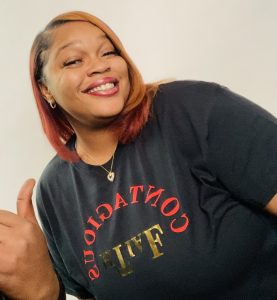
But very few solutions put ownership in the hands of everyday people, and research shows that ownership matters. “Renters are more vulnerable to displacement as their communities gentrify, and unlike owners, they reap none of the rewards that rising home prices and rents can bestow,” according to a 2020 study by the National Community Reinvestment Coalition.
Incremental investment does the opposite. Instead of funnelling tax credits and grants to large-scale developers with the hope that the benefits trickle down to residents, it puts the power in the hands of the people. Less a program and more a movement, the growth that comes with incremental development typically stems from a network of committed people who share critical, detailed knowledge, creativity and support.
Today in South Bend, that network is about 200 people strong — 200 micro-scale developers that, according to some reports, now collectively make up the largest developer in the city.
“Before the incremental development, I felt maybe limited to what I could do, like I could only be this business owner,” Ray said. “Going through that program, I feel like there’s nothing that I can’t accomplish or achieve.”
Built through a series of workshops, casual receptions and word of mouth, many live within walking distance of their developments. Many, like Ray, are people who have traditionally been shut out of the financial system: women, small business owners, people of color. And many are making a lot of money.
“We call it ‘farming’”
In 1960, South Bend was the 92nd largest city in the country. Today it sits in 304th place.
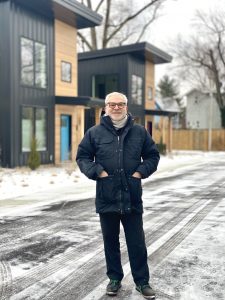
The former company town was hit hard by the end of the industrial boom, followed some decades later by the housing crisis. The early 2000s saw the city’s vacant housing stock double as the number of residents living below the poverty line increased by 40 percent. Left behind were hundreds of abandoned homes.
That same fact is what primes South Bend for incremental development, which kicked off in the Near Northwest neighborhood — home of one of the idea’s loudest local cheerleaders, Mike Keen.
A native of South Bend, Keen spent a career championing the ideas of equitable, ecologically conscious communities as a sociology professor and director of the Indiana University South Bend’s Center for a Sustainable Future. But he wanted to put his ambitions to work in the real world.
“I want to show you can do it in these neighborhoods that people… thought were just lost,” Keen said.
He started with three empty lots about two blocks from his house, eventually connecting with the Incremental Development Alliance, a national non-profit whose goal is to create a thousand small-scale developers across the country.
“We call it ‘farming,’” said Keen. “A [big] developer comes in, hopes to be done in 12 to 16, 18 months, and then they’re gone onto the next project. They’ve made their margin. Whereas if you’re farming, you basically find a space, ideally a place that you live near or in and you commit to it for the next couple of decades. You commit to it for the rest of your life.”
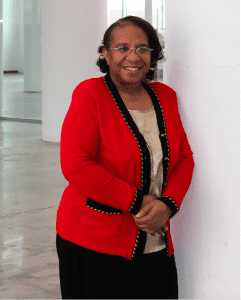
That model was particularly appealing to Barbara Turner, a 64-year-old micro-developer who has lived on the West Side of South Bend for more than 40 years. After designing her own home, she started buying homes to renovate but ran into roadblocks. Despite a high credit score and clean history, she had difficulty getting bank loans because her income wasn’t considered high enough, despite the fact the property would have provided enough income to pay the mortgage.
“I wanted to be that person who helped introduce people who maybe hadn’t thought about owning a home for yourself — because that can change your life,” Turner said. “The entrepreneurship classes that connect people who are doing similar things… gave me that much more motivation.”
The class also gave her access to the network, which helped her find reliable contractors and taught her to prepare a proforma, or the projected income potential of a property. Long term, her goal is to develop an empty plot she owns on the West Side into an affordable subdivision for middle-class families.
“I’m doing it to make money, but I’m doing it more to help people,” Turner said. “I am really happy living in this area that has so much help for people, but the need is greater than the help.”
With the knowledge Ray has gained from the incremental development workshops and from mentors with the South Bend network, she says she’s gotten the building she owns to 90 percent capacity. Her net worth, she says, has grown more than five times: from $60,000 to almost $350,000. And now that she knows she has monthly income from the building, she feels less worry and more creativity in her other businesses.
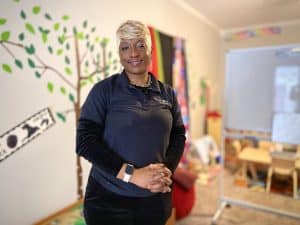
“You can easily get left behind. Your business can easily disintegrate,” Ray said. Owning a rental property, “gives you that window to be able to say, ‘You know, I want to go back to school … I want to go and do this course they’re offering.’ It just gives you a lot of room to be able to wiggle around and grow.”
The stability allowed her to grow her small business, too. She’s launched a second clothing line, and runs an event center in nearby Elkhart, Indiana. She also started a nonprofit organization that helps empower and educate Christian adults.
“I feel like I’m stabilizing something secure and of value I’m able to pass down to my children,” she said.
Buffering the g-word
The incremental development model does not come without its share of challenges and potential pitfalls. For starters, the model heavily relies on city officials being willing to turn away big developers in favor of micro-developing, which takes years if not decades to come to full fruition. It also works best when there’s a local advocate who has the means to invest even without bank loans — someone like Keen in South Bend.
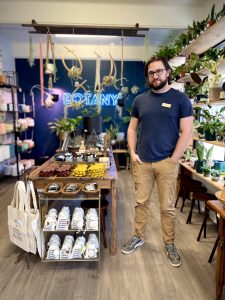
But the payoff can be a buffer against the dreaded g-word. Gentrification is constantly on the mind of Monte Anderson, a Texas incremental developer who has amassed a litany of dos and don’ts over 35 years developing in underserved areas of Dallas.
The Bishop Arts area of Dallas, for example, stars in a classic gentrification story. It had been the victim of white flight, city disinvestment and low property evaluations fueled by racism when Anderson and several other small, local developers worked to transform the neighborhood in the ‘80s and ‘90s.
But by the mid 2000’s, the area was growing in popularity. In response to pressure from the local chamber of commerce and large real estate developers, the city densified the zoning laws and created tax incentives that attracted big companies.
“The land went up so high overnight that none of the locals can buy again,” Anderson said, who co-founded the Incremental Development Alliance. “I knew I didn’t like it instinctually in my gut, but I had no idea the devastation it would cause. … It’s like going from local main street to Disneyland.”
Today, the area is marked by “big monster” developments, and many of the long-term residents have left.
Contrast that with the suburb of Ducanville where, after renovating downtown buildings, Anderson sold directly to the small businesses renting them. That distribution of ownership has kept the area stable throughout the pandemic, Anderson said.
“We’re cultivating community. We’re not real estate developers,” he said. “We’re town builders.”
When all these things come together, Anderson says the biggest change is that the people usually shut out of the system can compete.
That is the case for many of the entrepreneurs I spoke with in South Bend. Those with small businesses learned how to develop real estate. Those who started with real estate began imagining how to run a business or nonprofit out of one or more of their spaces. Dreams got bigger, more specific. And people who considered themselves homeowners or entrepreneurs started calling themselves by a new name: developer.
“It becomes a very special place when you empower local people like that,” he said. “You create that local secret sauce — culture.”






